Digital Classroom
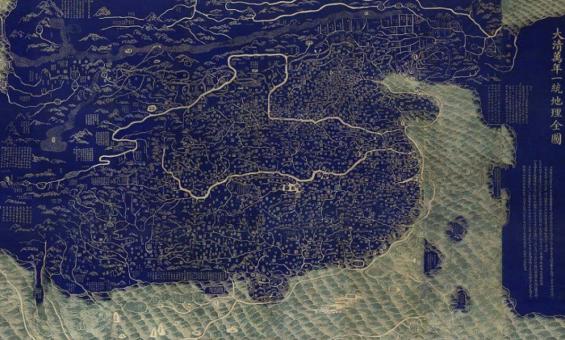
After Huang Qianren (1694–1771), Complete Map of the Everlasting Unity of the Great Qing (Da Qing wannian yitong dili quantu), Jiaqing period (1796–1820), National Library of China
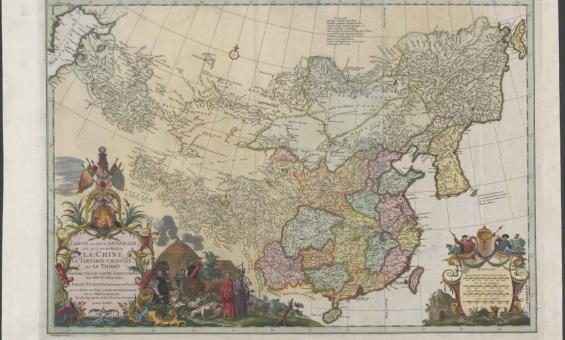
Jean Baptiste Bourguignon d'Anville & Henri Scheurleer & Gerardus Condet, Carte la plus generale et qui comprend la Chine, la Tartarie chinoise, et le Thibet, nla.gov.au/nla.obj-232293356
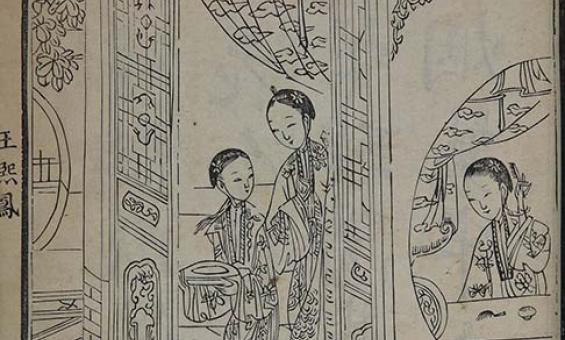
The Story of the Stone (Dream of Red Mansions), Suzhou: Book Room of Collected Literature 1791, National Library of China
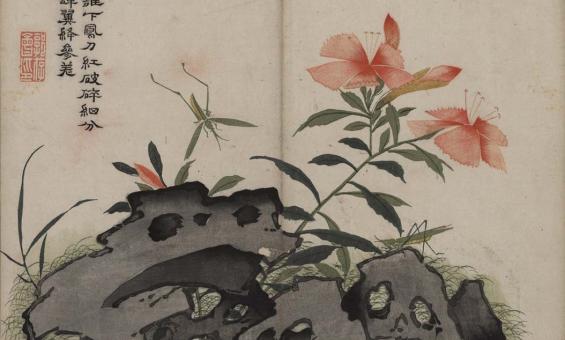
Wang Gai (1645–1707), Painting Manual of the Mustard Seed Garden, Nanjing 1679, National Library of China

The Earl of Elgin's entrance into Pekin on the 24th of October last to sign the Treaty of Peace between Great Britain and China / sketched by our special artist from the An-Tin Gate (Gate of Peace) of the Tartar Quarter, 1861, nla.gov.au/nla.obj-128383685

Michael Jensen, Robert de Castella winning the gold medal at the Commonwealth Games Marathon, Brisbane, 1982, nla.gov.au/nla.obj-136995791
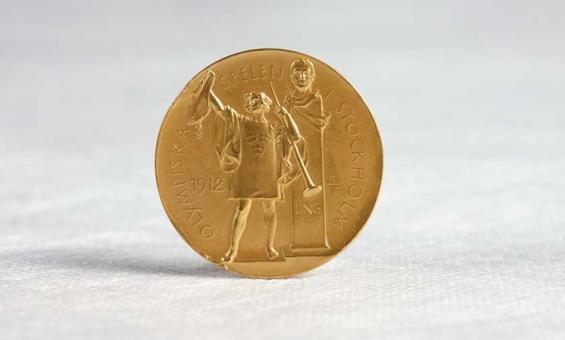
Olympic gold medal won by Miss Fanny Durack at Stockholm, 1912, nla.gov.au/nla.obj-139311257
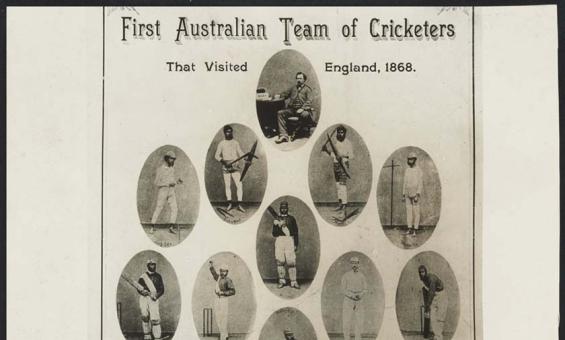
Photoline Printing Co., First Australian team of cricketers that visited England, 1868, nla.gov.au/nla.obj-141855333
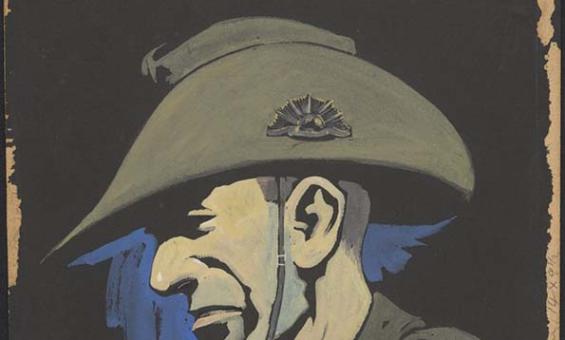
Frank Dunne and Smith's Weekly, Portrait of ANZAC soldier for Smith's Weekly, between 1919 and 1937, nla.gov.au/nla.obj-452465819
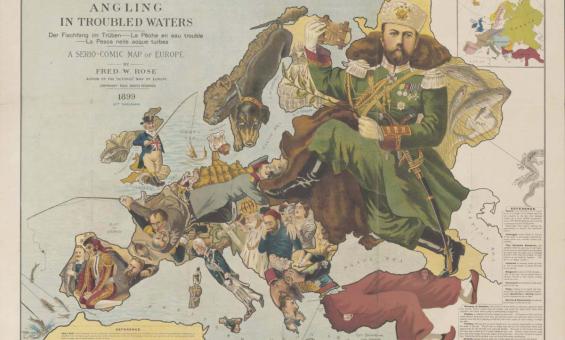
Fred. W. Rose, (Frederick W.) & Hewardine, Matt & G.W. Bacon & Co. (1899). Angling in troubled waters = Der Fischfang im Trüben = La pêche en eau trouble = La pesca nelle acque turbes : a serio-comic map of Europe / by Fred. W. Rose, author of the "octopus" map of Europe ; Matt. Hewardine, from design by Fred. W. Rose. nla.gov.au/nla.obj-232519231
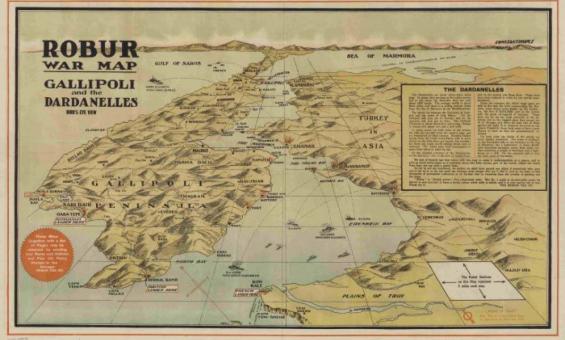
Farrow Falcon Press, issuing body & Dillon, Cyril. (1915). Robur tea war map, Turkish Empire ; Robur war map, Gallipoli and the Dardanelles : bird's eye view, nla.gov.au/nla.obj-2972839934
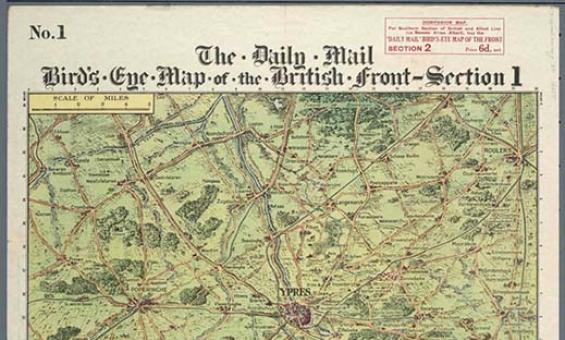
Daily Mail (London, England). (1916). The Daily Mail bird's eye map of the British front [cartographic material]. nla.gov.au/nla.obj-230052264